
The story of NASA’s Apollo 13 mission has been told so well, so many times, across so many types of media, that there’s little point in rehashing the details here. From Ron Howard’s rousing 1995 movie (based on the unputdownable 1994 bestseller, Apollo 13, by TIME’s Jeff Kluger and Apollo 13 commander Jim Lovell) to documentaries, oral histories and countless other accounts, the mission that many characterize as NASA’s “finest hour” has assumed a near-mythic resonance in the national consciousness — a resonance that endures, in large part, precisely because the stranger-than-fiction tale is true.
Here, in tribute to Apollo 13’s three-man crew — Lovell, Command Module pilot Jack Swigert and Lunar Module pilot Fred Haise — LIFE.com commemorates the mission with a series of intimate, stirring photos made at the Lovells’ Texas home, in the very midst of the crisis, by LIFE magazine’s Bill Eppridge.
In a recent talk with LIFE.com, Commander Lovell expressed surprise (a surprise, it should be noted, that’s not shared by many outside of NASA) that the remarkable story of Apollo 13 has, in his words, “held an interest for folks for this long.”
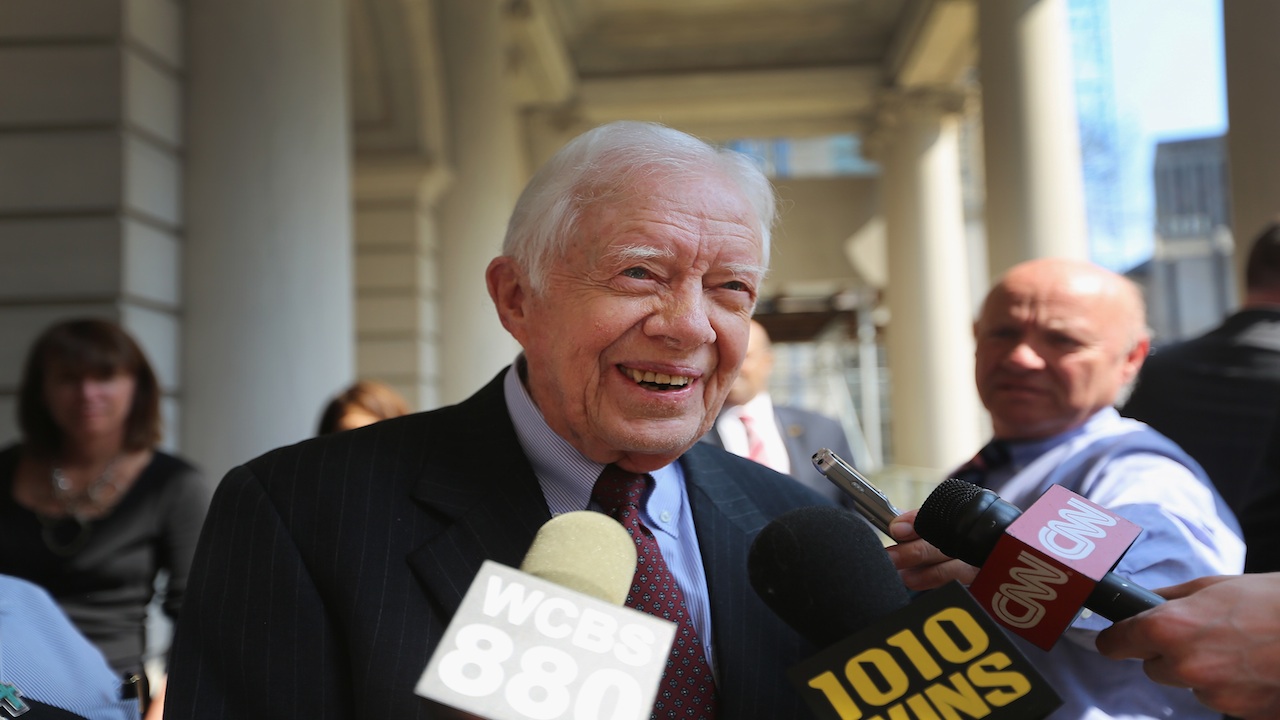
More than four decades on, Lovell acknowledges the drama inherent in the effort to make it back to Earth after an oxygen-tank rupture scuttled the crew’s journey to the moon, but the one aspect of the endeavor that he believes truly defined — and saved — the mission was the phenomenal and tenacious teamwork that NASA brought to bear on the crisis.
“I still have mixed emotions about it all, of course,” the 85-year-old retired astronaut and Presidential Medal of Freedom honoree told LIFE.com. “We were all deeply disappointed about not getting a chance to land on the moon — to fulfill our mission. But to this day, I still give talks to groups about what we went through, and what NASA learned all those years ago. And the one point I often stress is that it was teamwork — between the three of us in the lunar module and, later, in the command module and so many other people on the ground, at Mission Control — it was teamwork that got us home.”
Home, meanwhile, is where LIFE’s Eppridge spent several days, photographing Lovell’s wife, Marilyn, and several of their children as Lovell, Swigert and Haise fought to complete a mission that, by then, was wholly, radically different than the one they’d originally embarked upon.
“We had a ‘squawk box’ in the home,” Lovell recalls, “and Marilyn and the kids could use it to hear all of the communications between the crew and Mission Control. [See slide #7 in this gallery.] It was tough for them, obviously — they could listen to everything that was being said, but they could not talk to us. I know that there were times when Marilyn couldn’t help but be upset — times when maybe the voices of the crew and the voices at Mission Control were raised a little louder than usual. Not knowing if that meant something was really wrong, or if we were suddenly in real danger . . . I know that was hard for all of them.”
One aspect of the entire situation that was a help for Lovell’s family, however, was being surrounded by friends and colleagues — including fellow astronauts like Pete Conrad (Gemini 5 and 11 and, later, Apollo 12), Neil Armstrong and Buzz Aldrin (Apollo 11) and Rusty Schweickart and Dave Scott (Apollo 9) — who were able to not only walk the family through exactly what was going on in space and at Mission Control, but could also run interference, in a sense, when the family needed peace and quiet, or just a bit of rare and much-needed privacy during those fraught days and nights.
(Stressing how accurate the Apollo 13 movie was, Lovell notes that one of the film’s most memorable lines — spoken when his mother in the film, played by Ron Howard’s real-life mom, asks Armstrong and Aldrin, “Are you boys in the space program, too?” — was not a Hollywood fabrication. It might sound too good to be true; it might sound like something a scriptwriter would dream up; but how it happened onscreen is exactly how it happened in real life, Lovell says: a reminder of the deep, informal support system that was in place, and remains in place, throughout NASA’s extended family.)
Today, in the post-Space Shuttle era, when mind-bendingly complex hi-tech rovers and robots have become, at least for now, the new “faces” of American space exploration, the scope of Apollo 13’s improbable triumph remains humbling and — no matter how often we encounter the tale — wondrously thrilling.
Need a reminder of just how humbling, how thrilling, how improbable it all really was? Go ahead. Look closely at the photos in this gallery. Study the faces, the postures, the gestures of the brave ones who stayed behind — the family and friends: waiting, watching, praying and somehow, despite everything, never despairing.
Liz Ronk, who edited this gallery, is the Photo Editor for LIFE.com. Follow her on Twitter at @LizabethRonk.


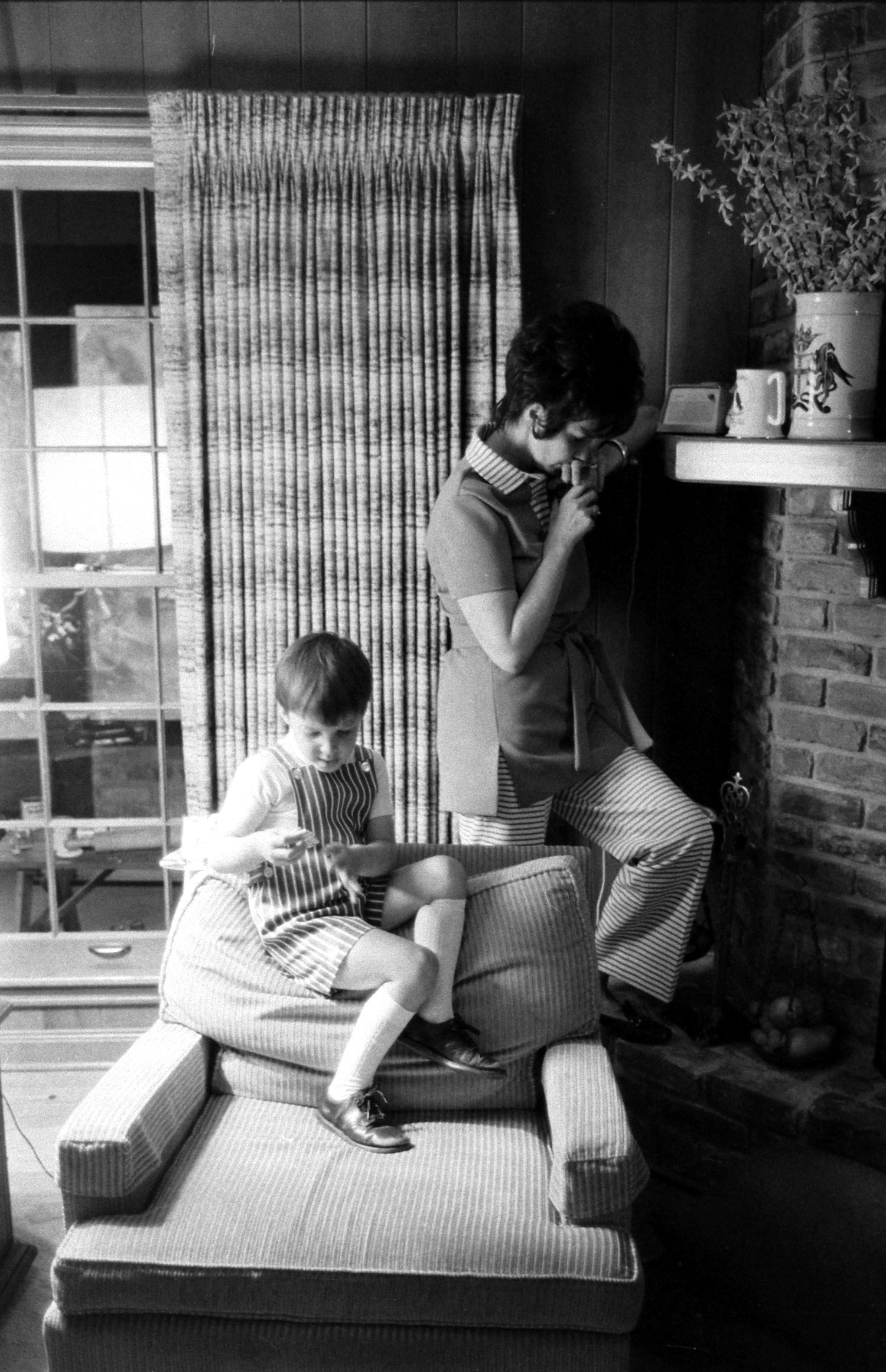




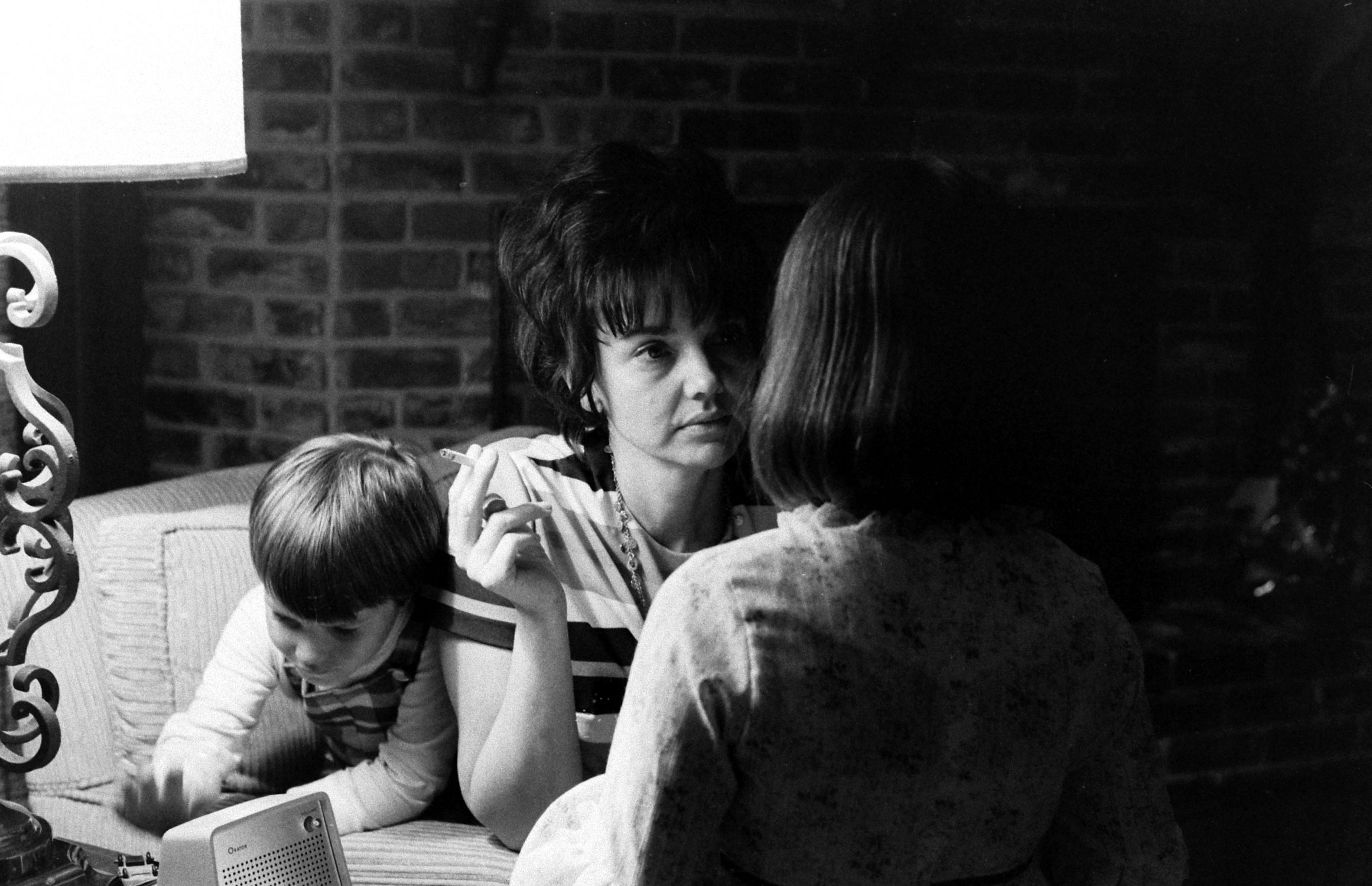


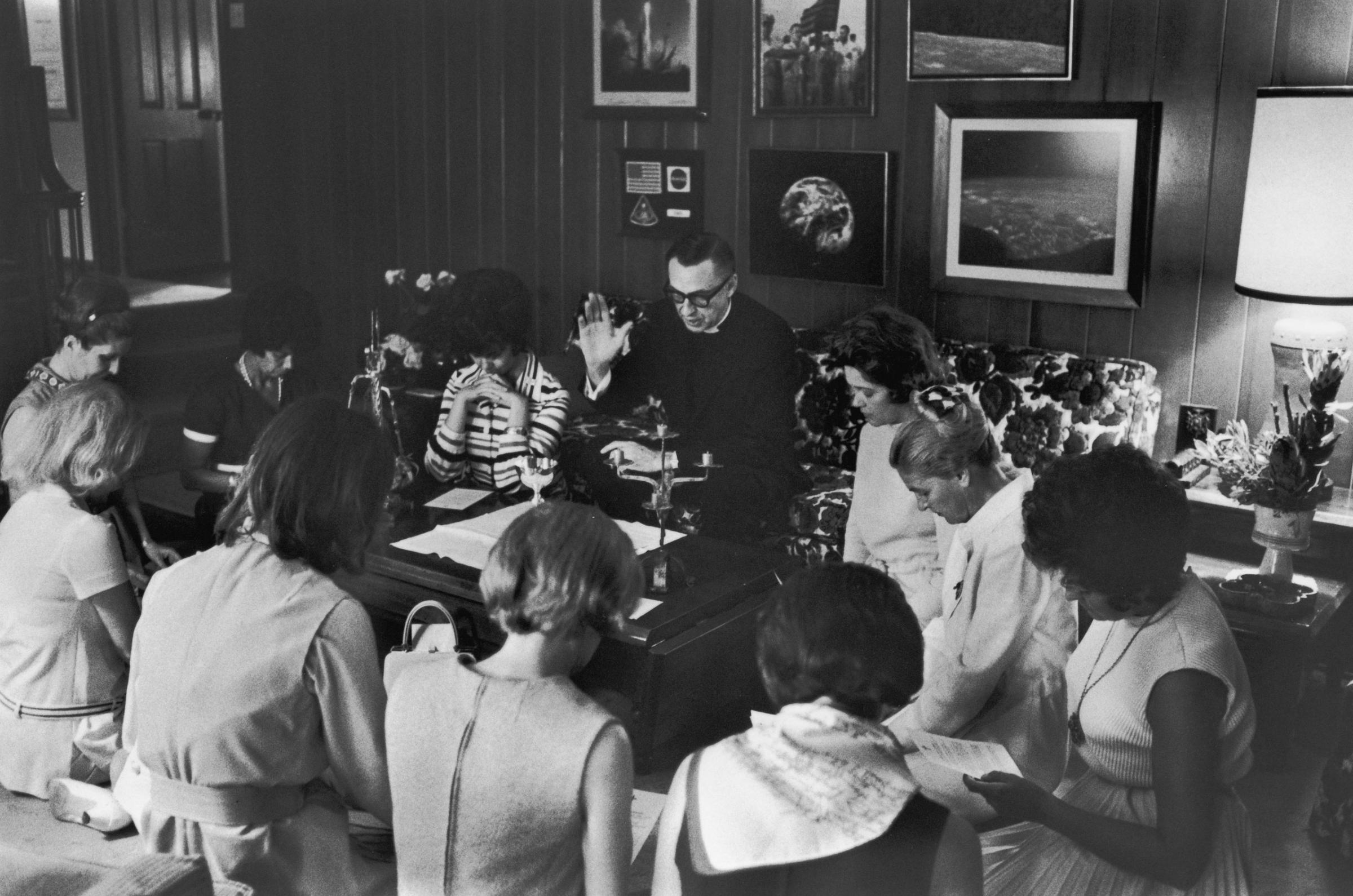


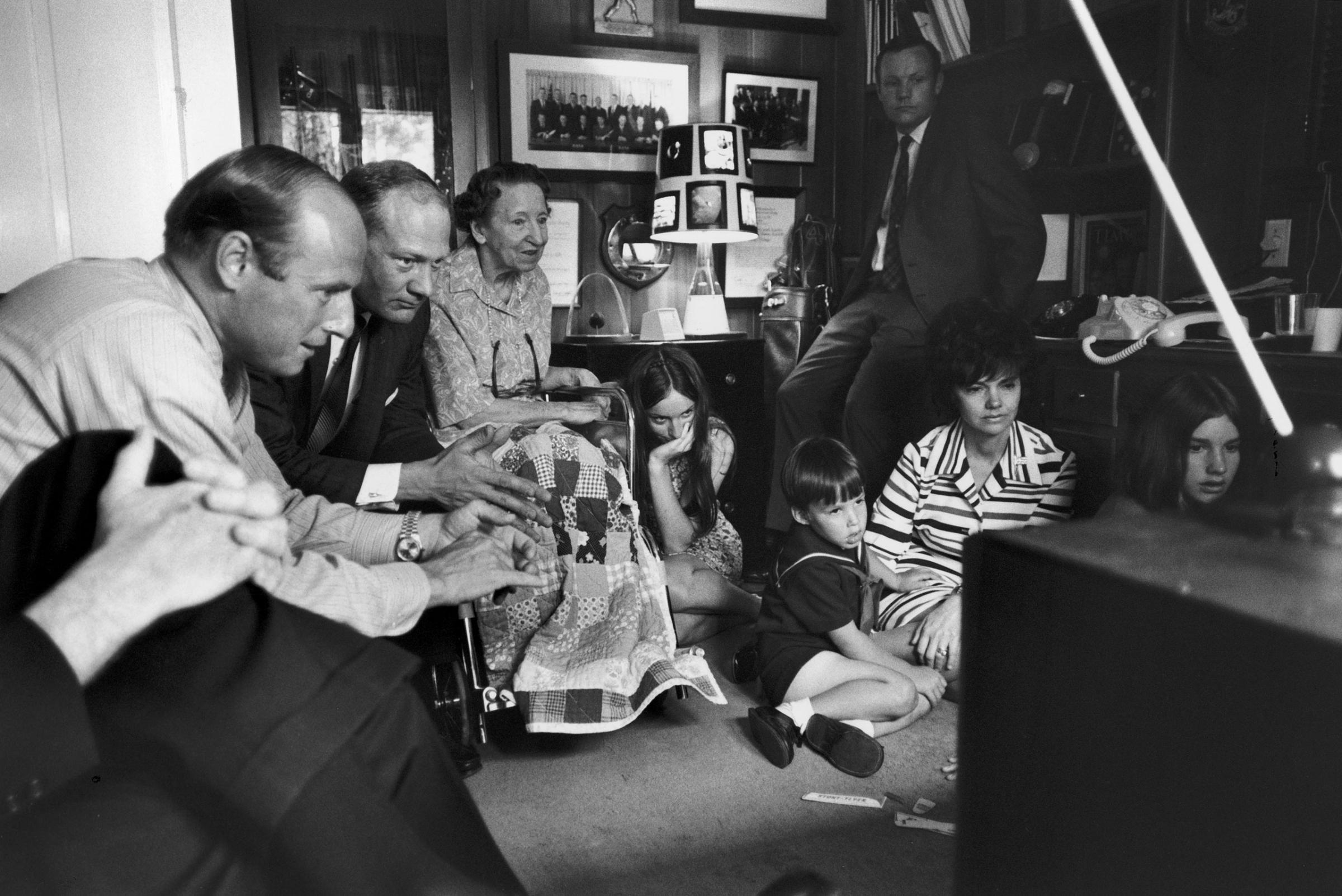

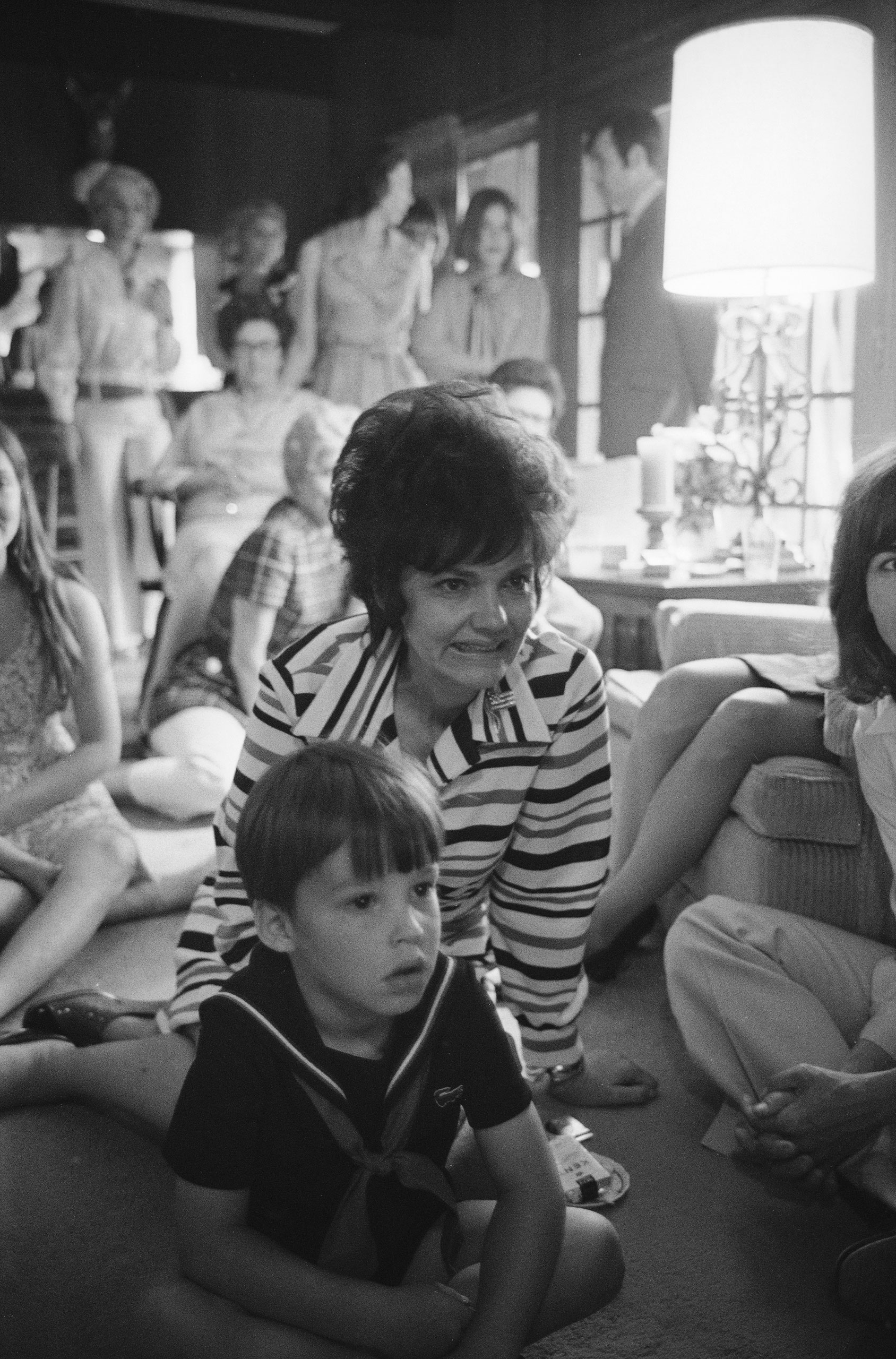
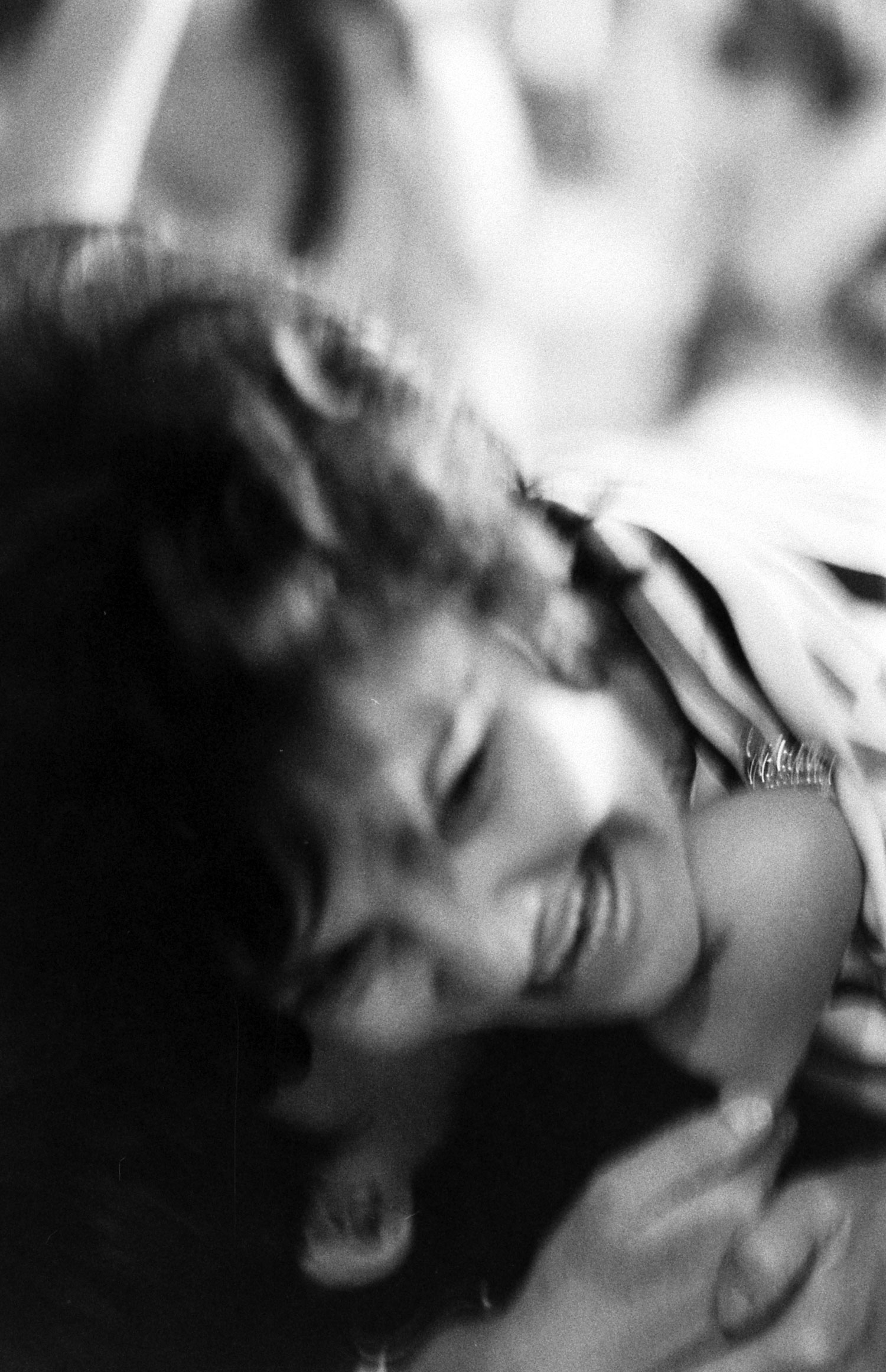
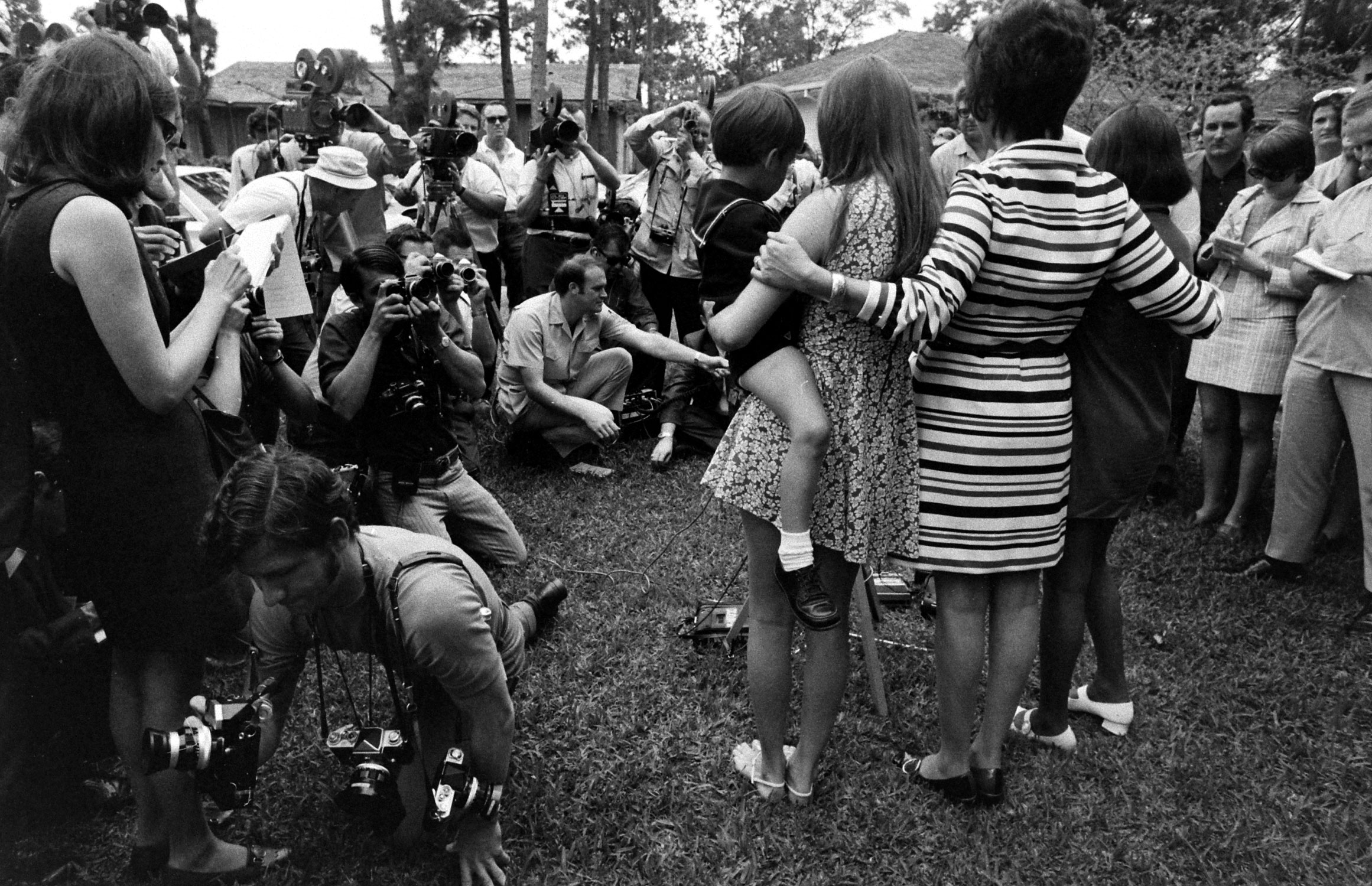

More Must-Reads from TIME
- Cybersecurity Experts Are Sounding the Alarm on DOGE
- Meet the 2025 Women of the Year
- The Harsh Truth About Disability Inclusion
- Why Do More Young Adults Have Cancer?
- Colman Domingo Leads With Radical Love
- How to Get Better at Doing Things Alone
- Michelle Zauner Stares Down the Darkness
Contact us at letters@time.com